From Europe’s longest bar to a wholesome beer spa, via some life-saving beer tunnels: we travelled with an Interrail Pass from Rotterdam to Pilsen visiting some of Europe’s best breweries, bars, beer gardens and cellars. We immersed ourselves in history… and eventually in beer too.
Start: Rotterdam
End: Pilsen (Czech Republic), or continue to Prague or Berlin
Stations en route: Mechelen, Leuven, Nuremberg
Number of days: 6 to 8, depending on the number of stops (and beers)
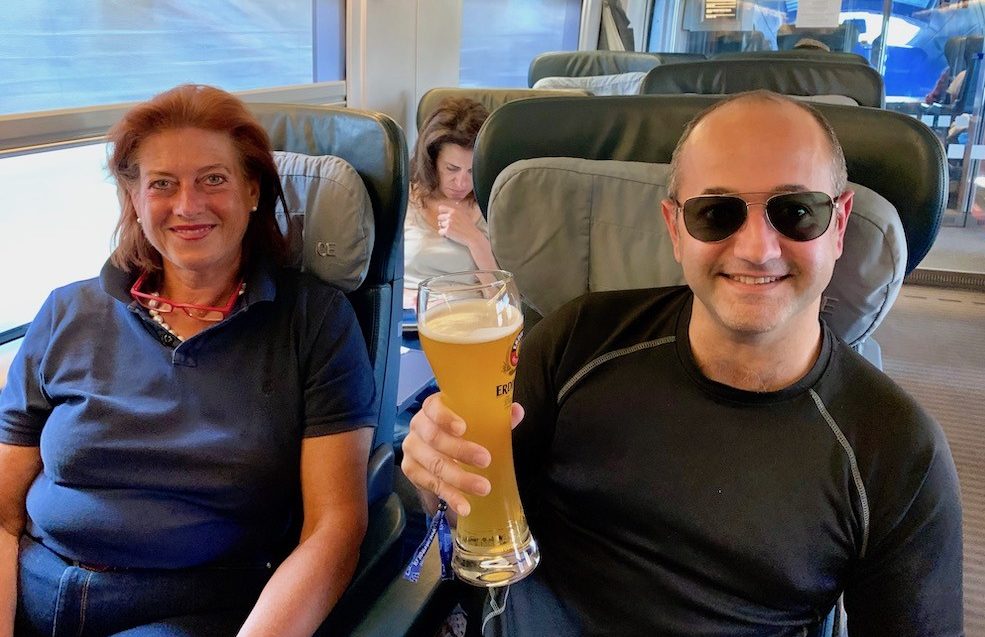
Highlights on this route:
Rotterdam: modern architecture and innovation
In addition to being world-famous for its architecture, Rotterdam is also known for its many sustainable developments. From climate-neutral buildings, plant-based culinary delights and the reuse of materials, this colourful ‘living lab’ is a breeding ground for innovative entrepreneurs who want to focus on a greener economy. But our journey is all about beer, so we start in the artisanal beer brewery Vet & Lazy, located in the basement of former indoor swimming oasis Tropicana (Maasboulevard 100). This unique brewery not only has beers with great names like ‘Je moeder’ and ‘Disco Volante’, they’re also brewed from residual products, such as roasted coffee beans from the low-waste food bar Aloha and leftover oyster mushrooms from the Rotterzwam nursery. Both companies are also located in the former swimming pool and are definitely worth a visit.
At Brewdog (Meent 131) we arrive at the longest bar in town where the beer is served directly from tanks above the bar. The beers are unpasteurised and unfiltered, guaranteeing a unique taste experience. The ‘self-service tables’, where you can tap the beer yourself, are also very popular.
At Proeflokaal Reijngoud (Schiedamse Vest 148) they don’t mess around either: 24 beers on tap and 8 times as many in bottle form. With a lovely terrace in the middle of the bustling city centre, it’s easy to lose track of time here. But luckily we’re spending the night within walking distance of both the beer and the station, at the hotel The James.
Wide views to the south
We head southwards. Rotterdam’s futuristic station, which is in the shape of a boomerang, has the allure of an airport. Europe is at your feet here, you can feel it. We’re not headed far, however, and take the train to Brussels. As we cross the southwest of the Netherlands and enter Belgium, the views are wide and the skies beautiful.
We change trains in Mechelen, a hidden gem where you can spend the night in a real brewery hotel (Het Anker). The handy thing about an Interrail Pass is that you don’t have to commit yourself. You’re free to make stops along the way and stay somewhere for a few nights, but we travel on and board an Intercity train which takes us straight to the heart of Leuven, a city with a rich beer history.
Leuven: longest bar in Europe
Leuven is known as the Belgian beer capital. Here, brewing culture is in the city’s DNA, in its very fabric. The undergrads at KU Leuven – founded in the 15th century, making it the oldest university in Belgium – are also ardent pub goers. Over the years, so many bars and cafés have opened around the Grote Markt that it’s become affectionately known as the ‘longest bar in Europe’.
Anyone who thought that Stella Artois was brewed here in Leuven as early as 1366, as Stella bottles claim, would be disappointed to learn the truth. “Stella – which means star in Latin – was only launched as a Christmas beer by the Artois brewery in 1926. The year 1366 refers to the history of the De Hoorn inn and brewery, which appeared in the tax registers of the city of Leuven at the time,” explains our guide. The brewery was later taken over by the Artois family and the building can still be visited. The enormous copper boilers have been preserved and form the atmospheric backdrop for the annual Leuven Innovation Beer Festival (LIBF).
Hambos: sustainable beers
One of the most sustainable breweries in Europe is located just a short train ride away from Leuven, close to Hambos station. The family-run Hof ten Dormaal brewery in Haacht is completely self-sufficient. “All ingredients from the grain to the hops are grown on our farm”, says brewer Jef Janssens. “The grain left over after brewing goes directly to the animals on the farm. In this way we form a closed circle in a unique, sustainable, ecological concept, where as little as possible is lost”. The brewery is also not averse to experimenting with special types of beer, like their Oak Aged Whiskey, a tasty beer at 12% alcohol. “We leave it to mature for four months in oak barrels, which still contain the flavour of whiskey. That gives the beer a full, spicy, whisky flavour.” This variant is also available for gin. Either way, it’s a good thing we came by train, since we can no longer walk straight… We spend the night in the 16th century Martin’s Klooster in Leuven’s historical centre.
Architecture en route
The next day we travel 600 kilometres eastwards from Leuven to Nuremberg, changing trains at Liège-Guillemins where an architectural gem reveals itself. One advantage of travelling by train: unique discoveries along the way. The vaulted steel and glass structure of Spanish architect Santiago Calatrava is somewhat out of place in this grey city, but it’s a futuristic masterpiece nonetheless.
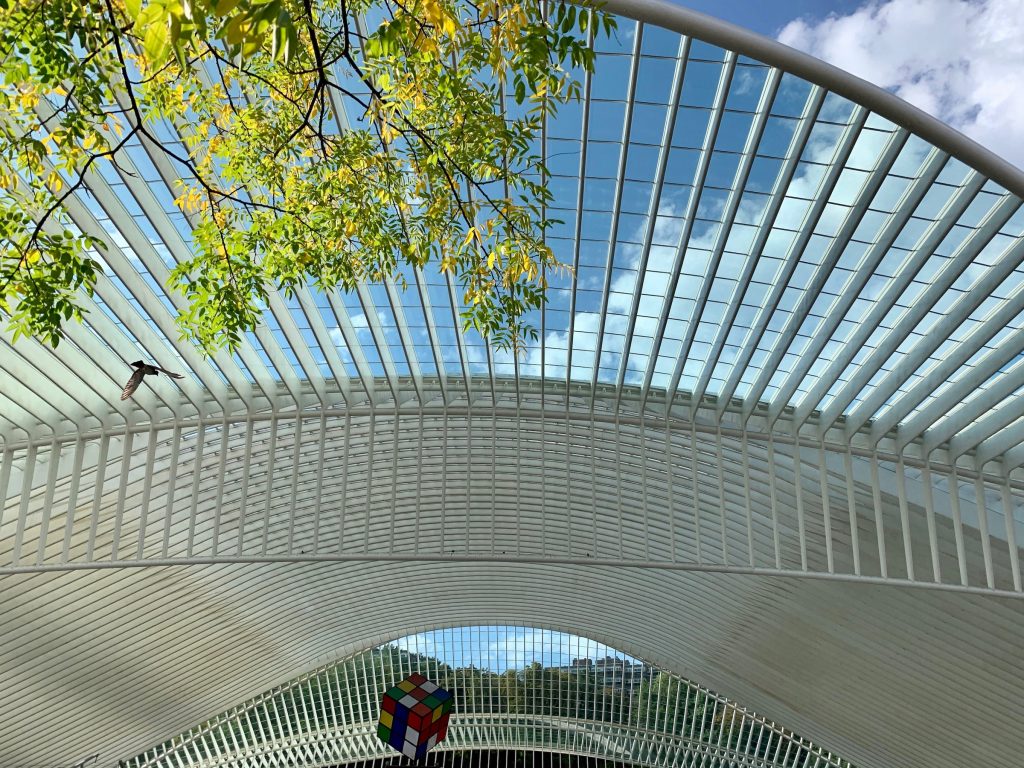
Welcome to Germany
When the Frankfurt skyline looms up on your right after three hours on the train, it feels for a second like you’ve left Europe and landed in the States. But we don’t spend long here, grabbing a bite to eat before continuing on to Munich. The ICE winds along the river Main and past sun-drenched vineyards, entering the charming city of Würzburg an hour and a half later. Welcome to Bavaria! And right away you feel like you’re on holiday. The fruity silvaner grapes, which have made the dry white wines from this region famous, can almost be picked from just outside the station. Alas, we’re on a pilgrimage of beer, so we continue on, and while Munich would make the obvious choice as a beer destination, we disembark in Nuremberg, which unbeknownst to us has several surprises up its sleeve when it comes to beer. The evening here promises to be good; every few metres a beer cellar or beer garden beckons, where you can not only drink plenty of beer, but also eat surprisingly well.
Nuremberg: where beer saved lives
‘Beer saved our lives’, say Nurembergers who survived Allied bombings in the Second World War, who would often seek refuge in the city’s network of 13th-century beer cellars carved out of rocks. “In spite of the heavy bombing, less than 7,000 inhabitants died,” our guide explains. “This is remarkably few and can be put down to the beer cellars, where you can still find markings from the war period”.
Interestingly, this isn’t the only time beer has been seen as a saviour. In the Middle Ages it served as a healthier alternative to the city’s non-potable water. Ah, those were the days… An important year in this Bavarian town’s history is 1303, when the city council approved the Reinheitsgebot (or Purity Law), which stipulated that only barley could be used in the brewing process and marked the beginning of Nuremberg’s beer history.
In the traditional Hausbrauerei Altstadthof you can go underground to explore South Germany’s largest cellar maze, built in 1380. The corridors are still used for storing and maturing speciality beers (such as red beers – a Nuremberg speciality!) and beer schnapps.
Pilsen: birthplace of the pils
A regional train takes us from Nuremberg through the pine forests of eastern Bavaria towards the Czech border. We know we’ve arrived in the land of the world’s biggest beer consumers when quality bottled beer is even available in the local train headed to Pilsen.
This historic town is the birthplace of the pils, which was invented here in 1842. It’s also home to Pilsner Urquell (Plzeňský prazdroj), the first lager in the world, which was the inspiration for the beer that’s now sold worldwide as ‘pils’, ‘pilsner’ or ‘pilsener’.
Underground
Pilsen has an enormous system of 14th-century beer tunnels and vaults, which are accessible through the Pilsner Historical Underground Museum. If you’d like to have a taste (which of course you do) you can continue to the Pilsner Urquell brewery, where you can take a guided tour of the catacombs, learn all about the legendary beer that originated here and check the quality of the day.
We ended our beer-hopping train tour in the Purkmistr microbrewery and beer garden, where you’re literally immersed in litres of unfiltered and unpasteurised beer, mixed with water crushed hops and brewer’s yeast to support blood circulation. A real beer bath – what more could you want? Well, perhaps a private tap right next to the bath tub? Not to worry, this has been arranged.

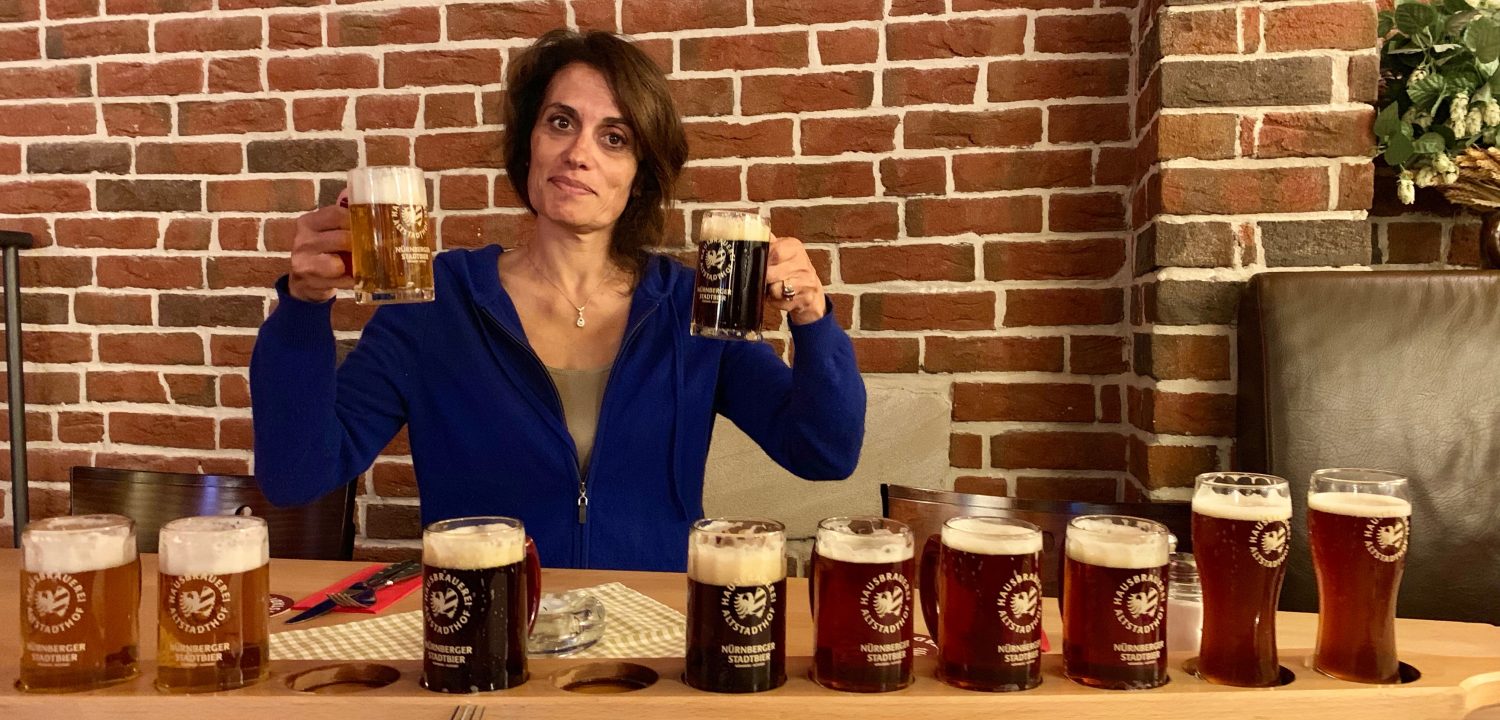
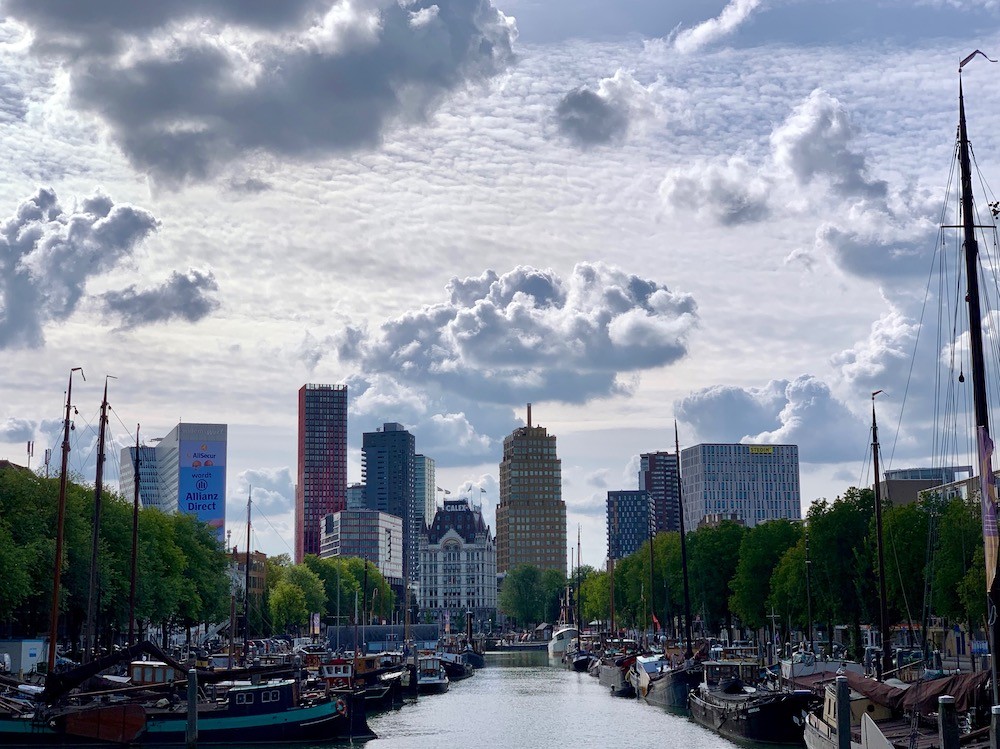
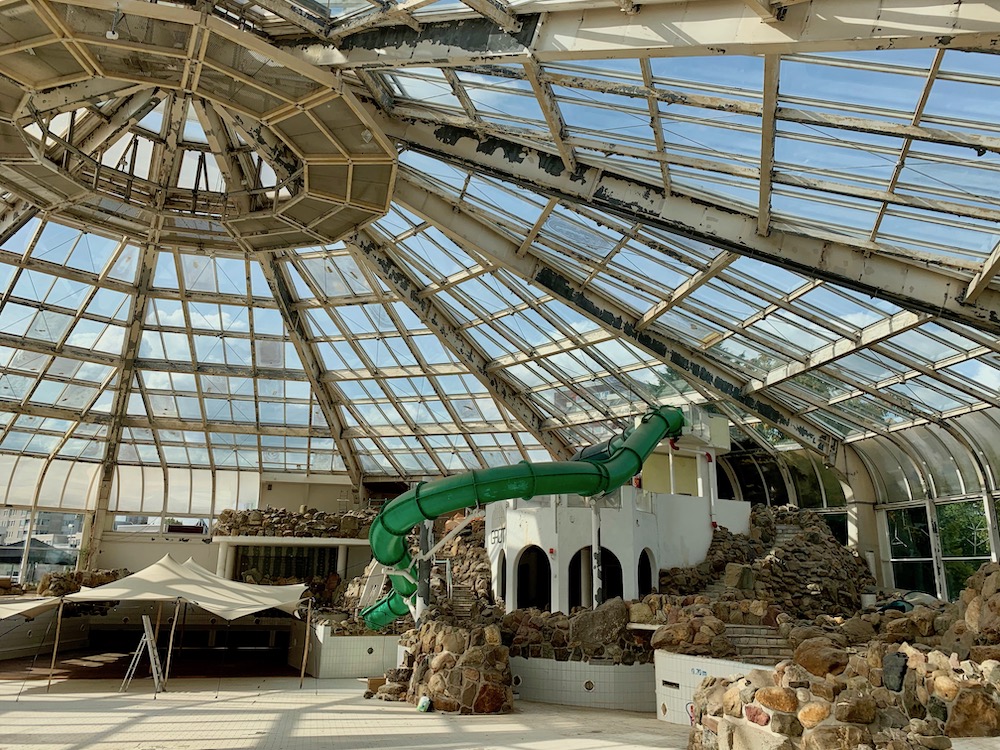
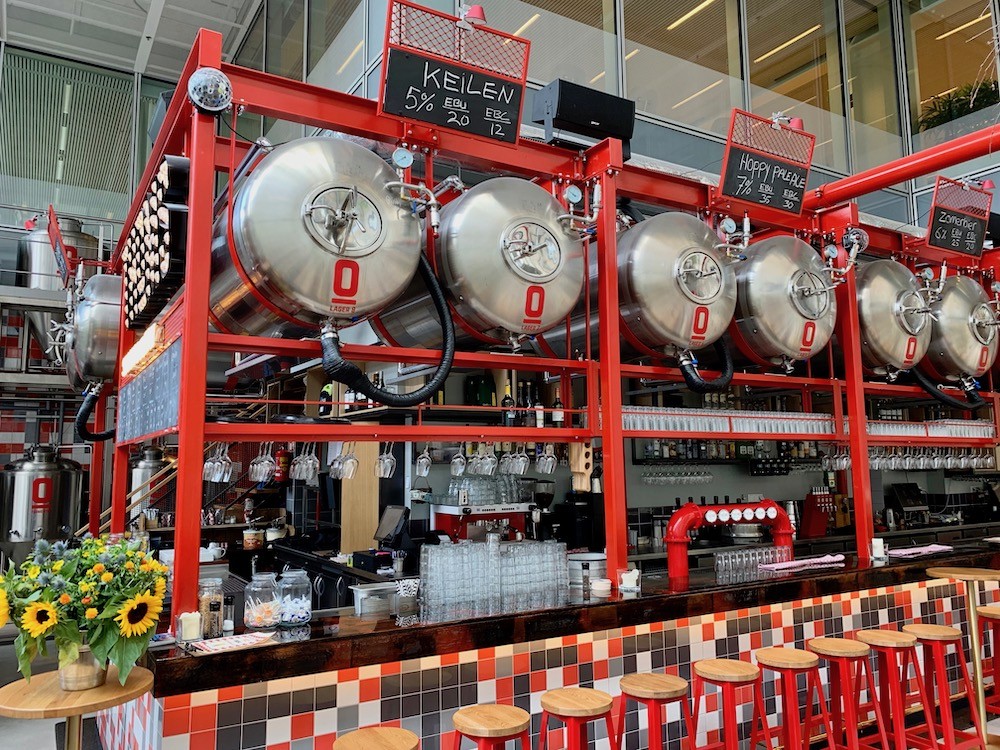
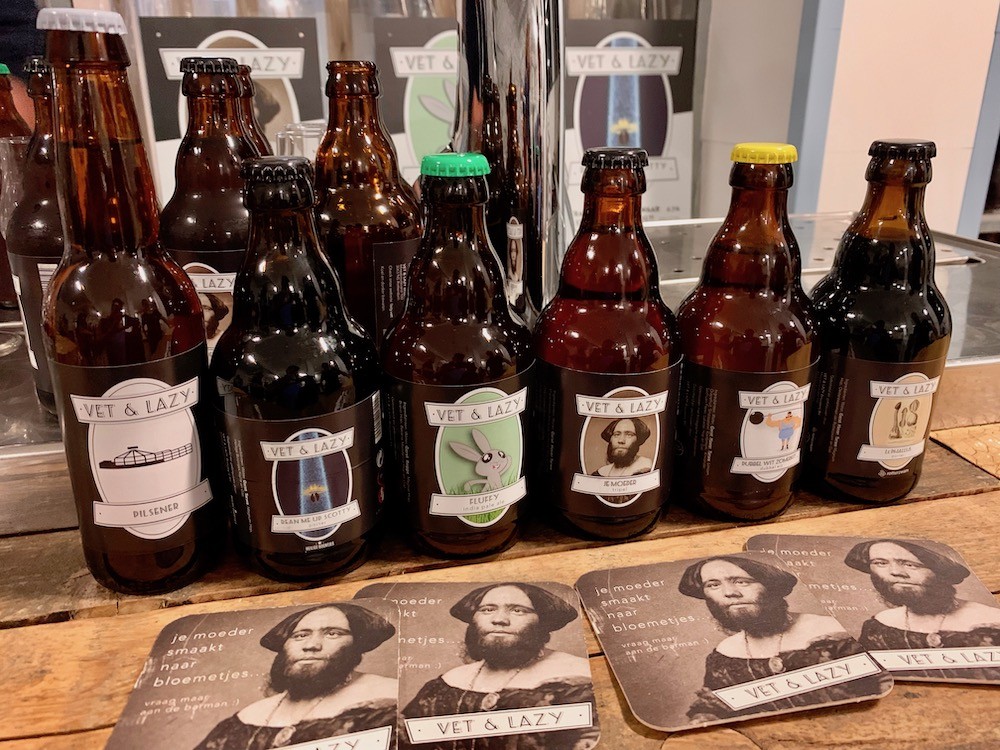
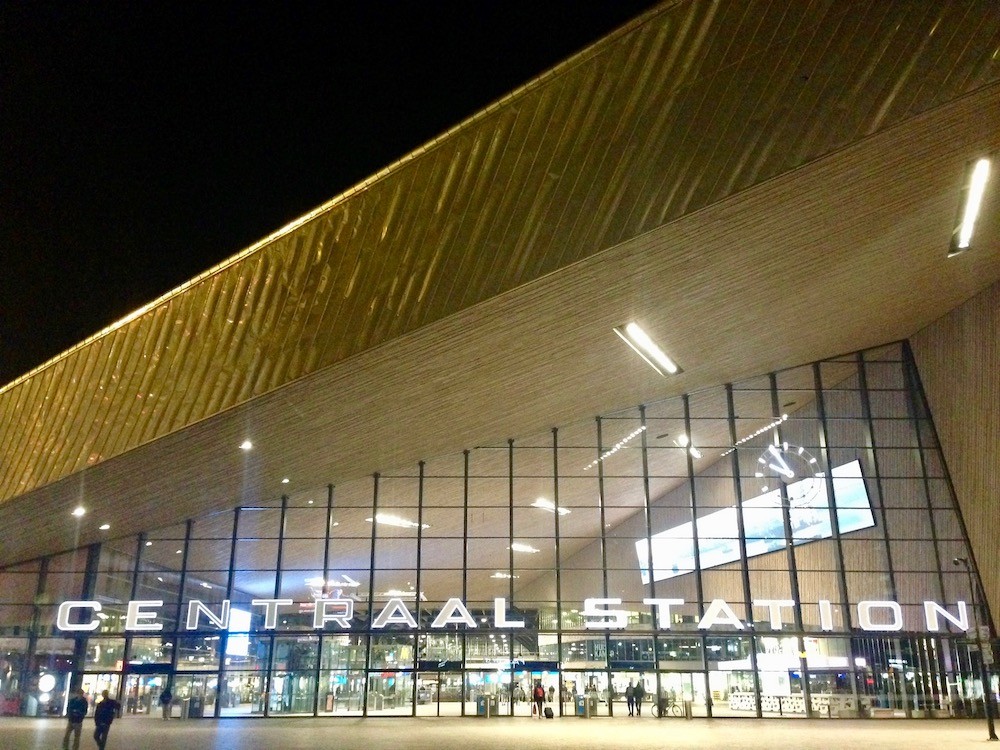
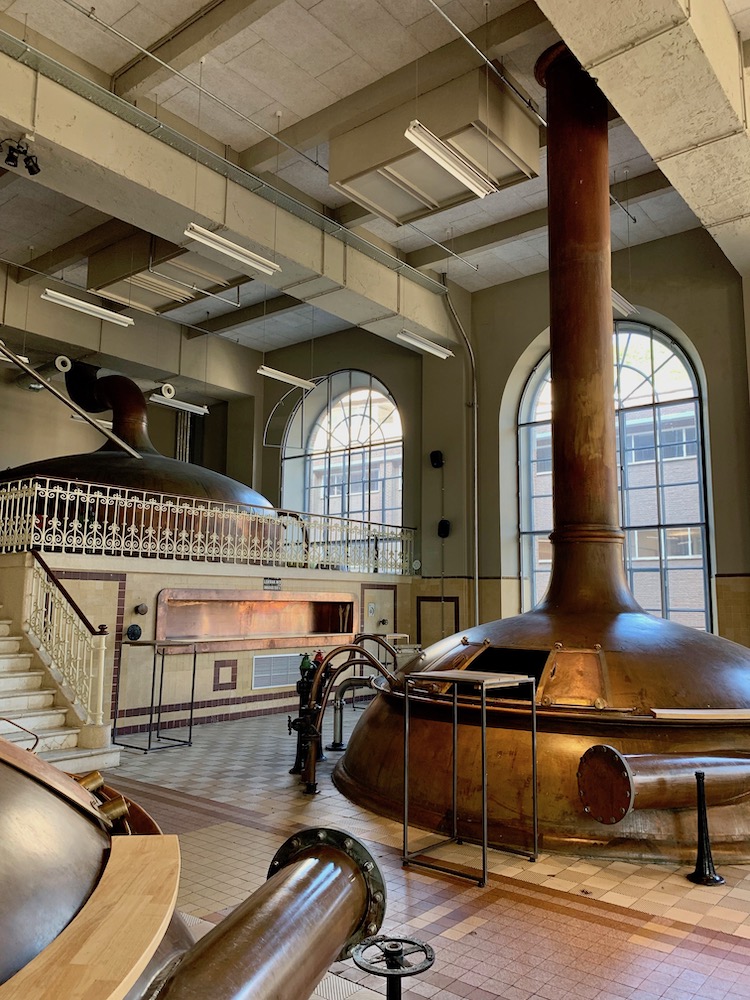
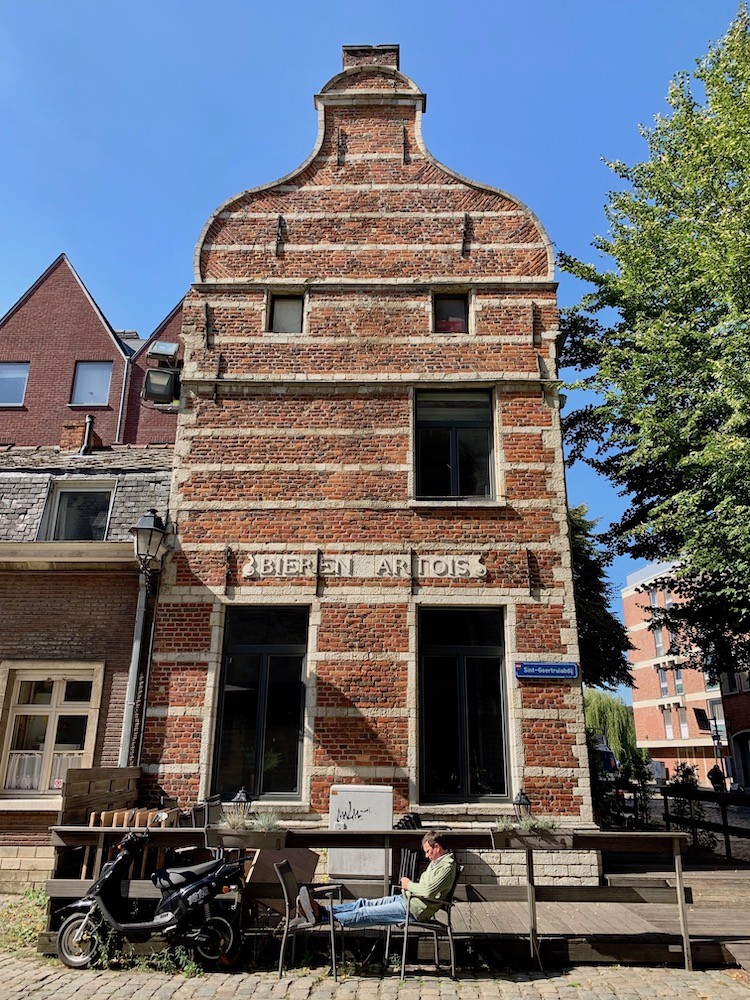
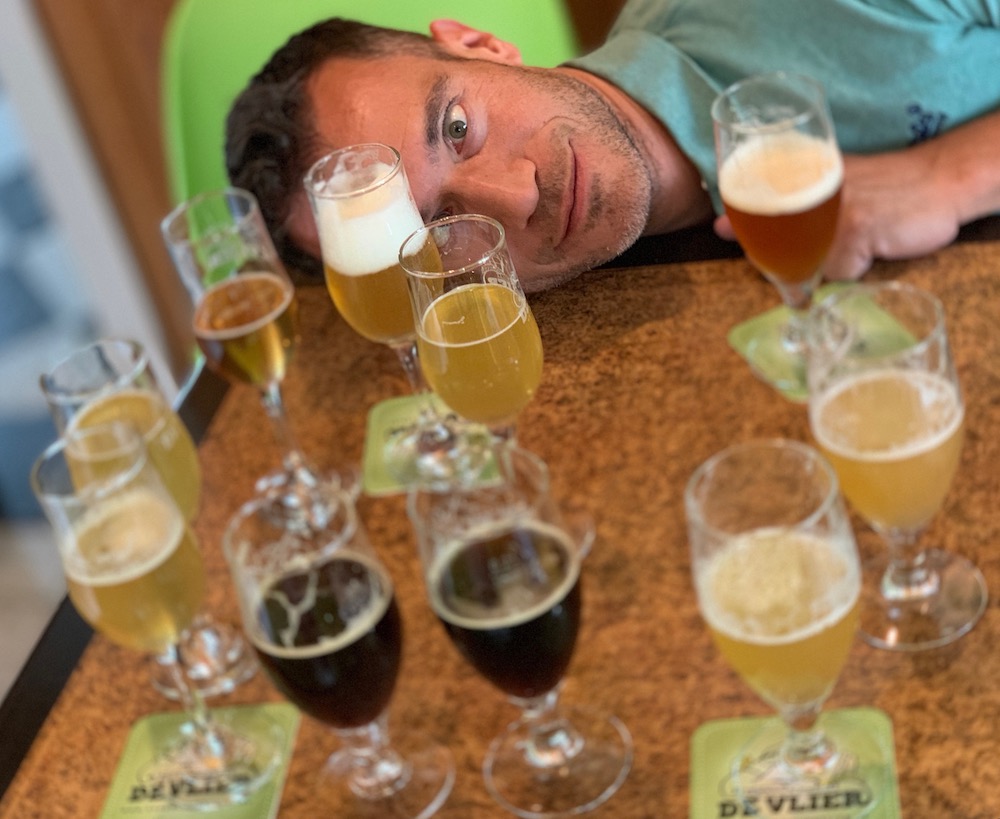
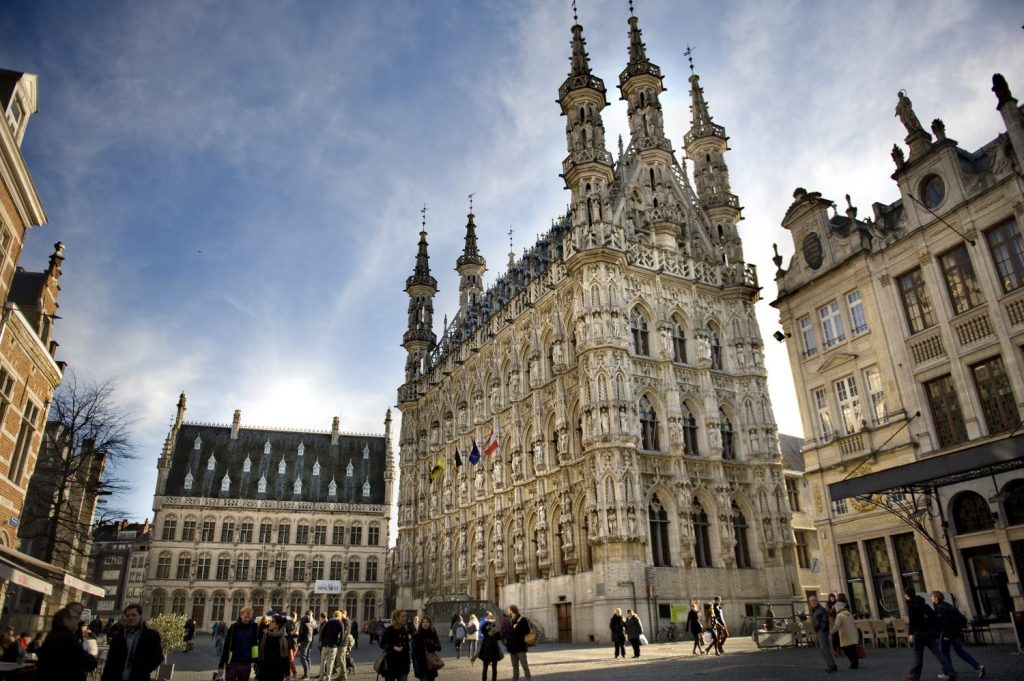
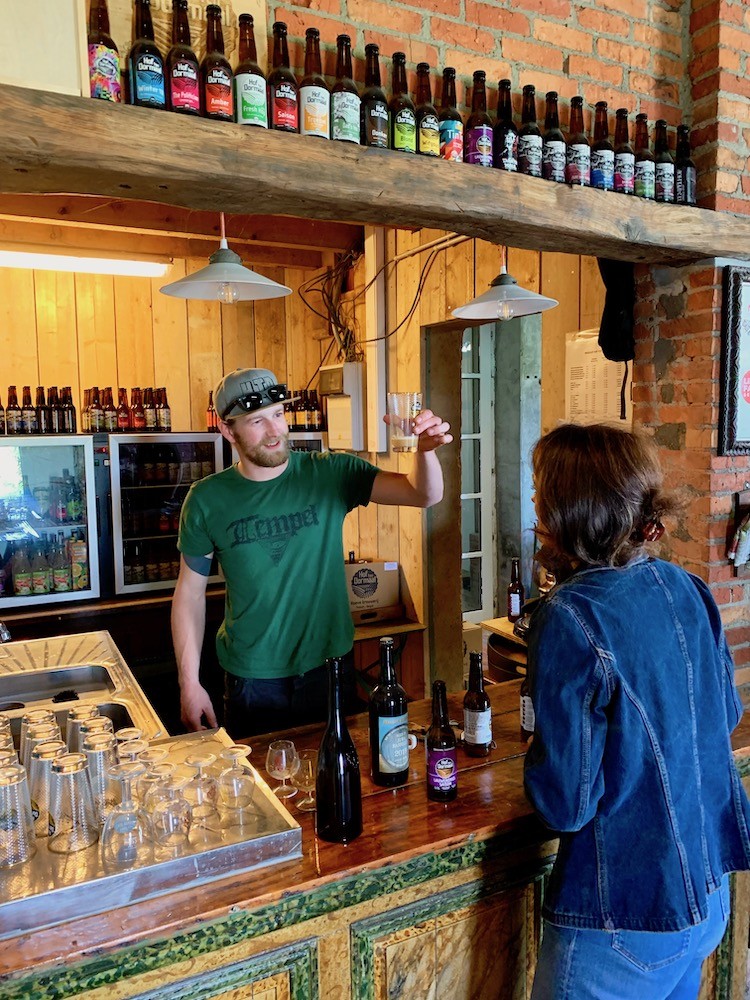
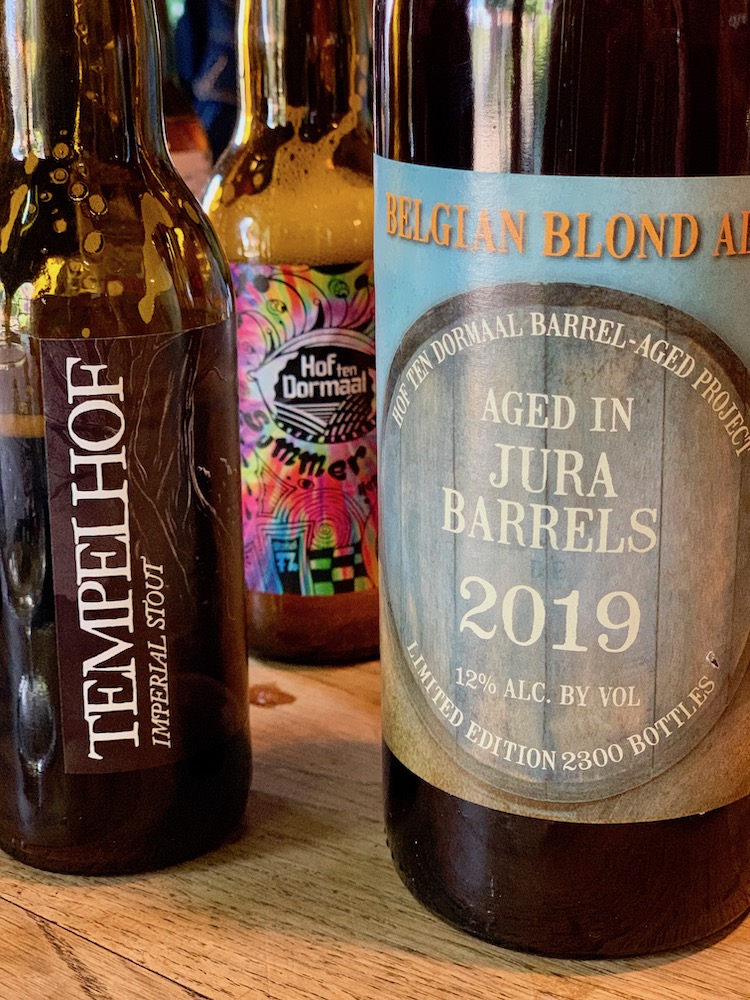
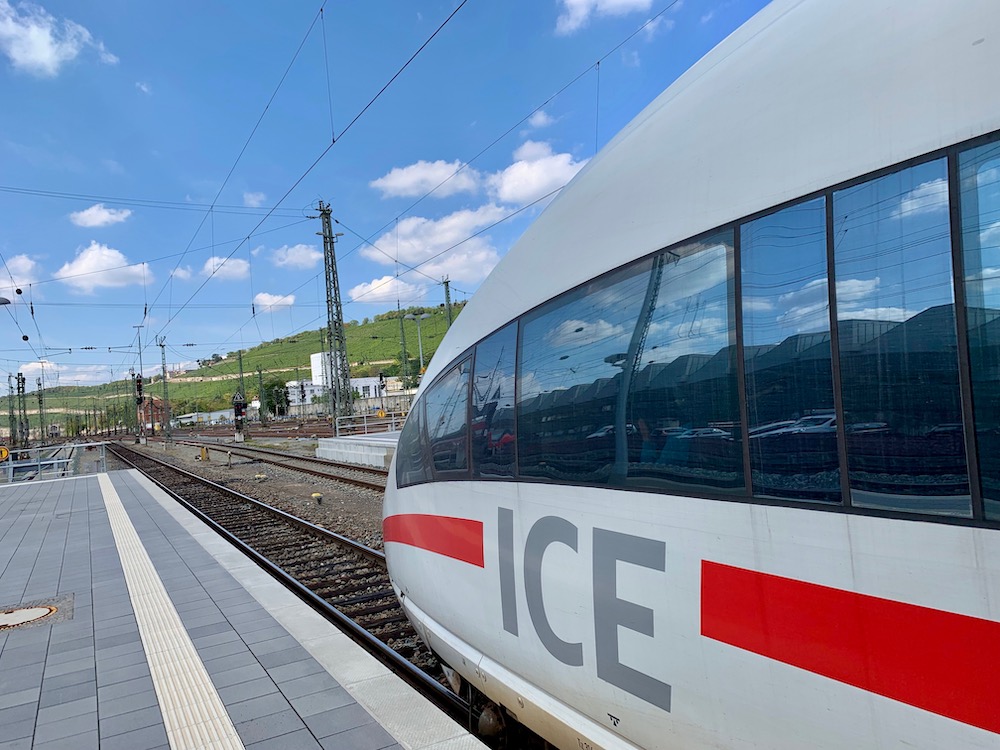
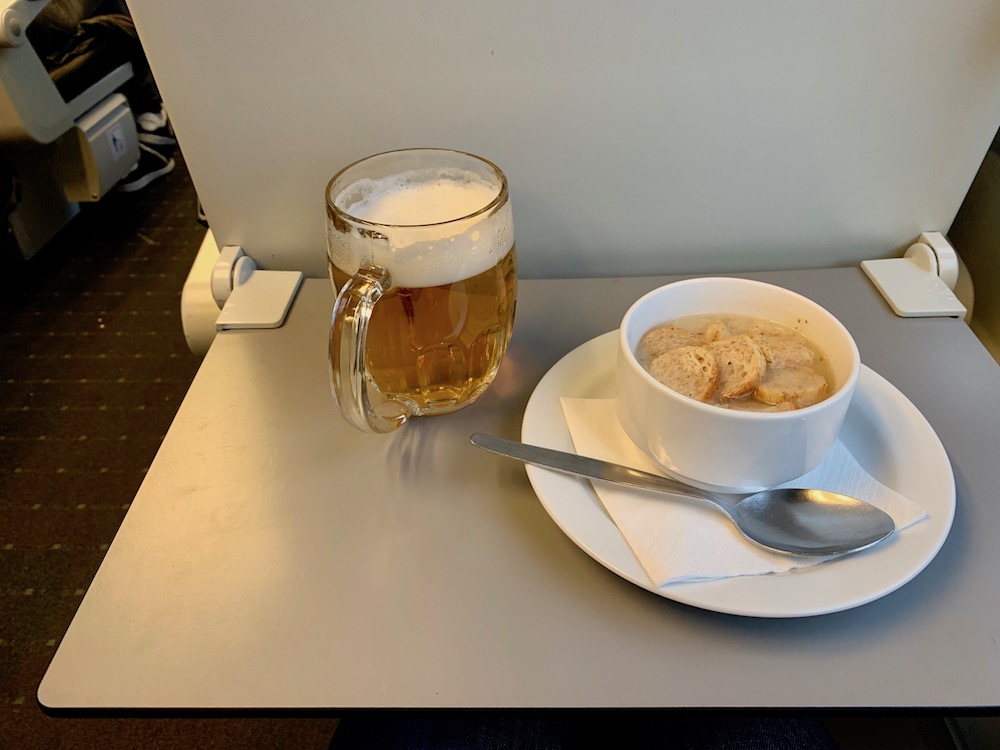
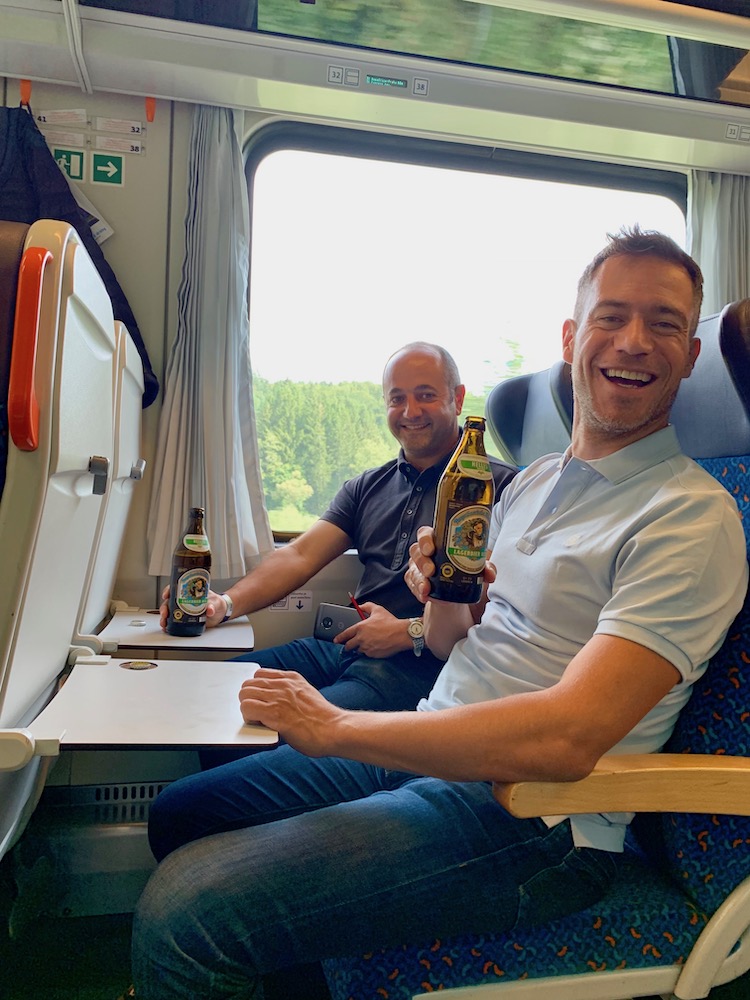
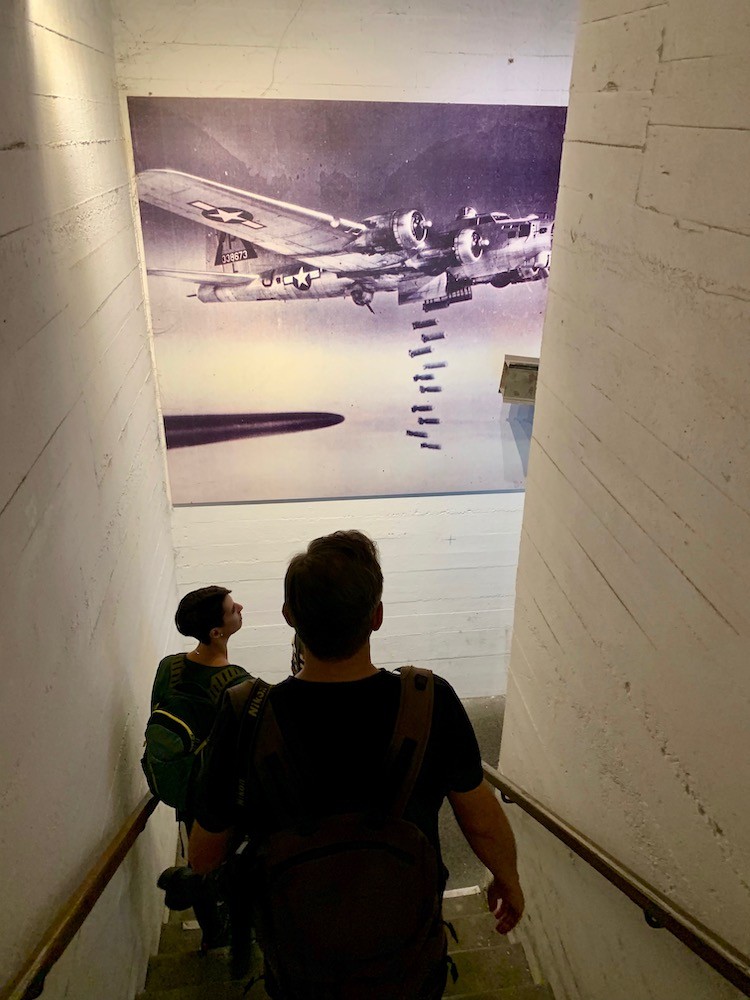
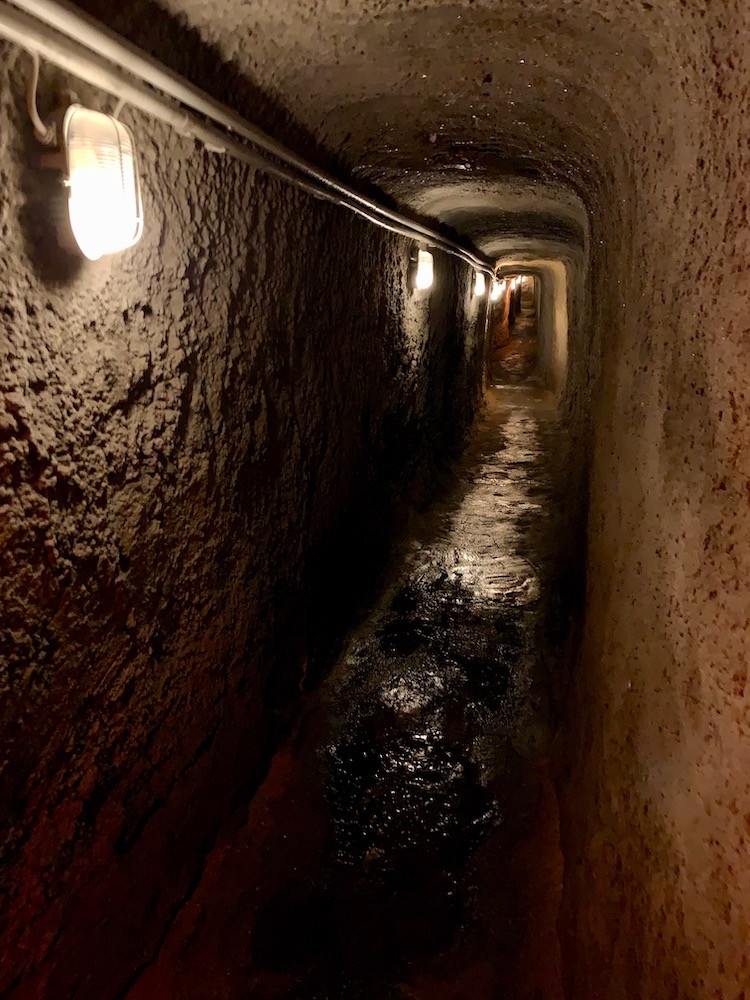
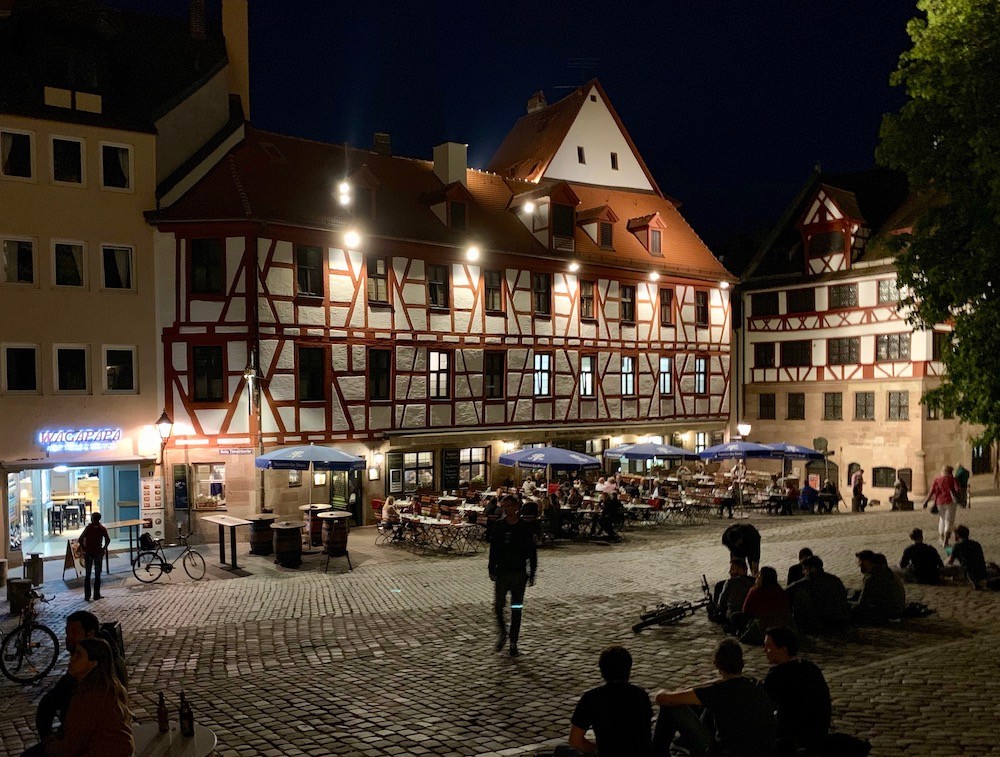
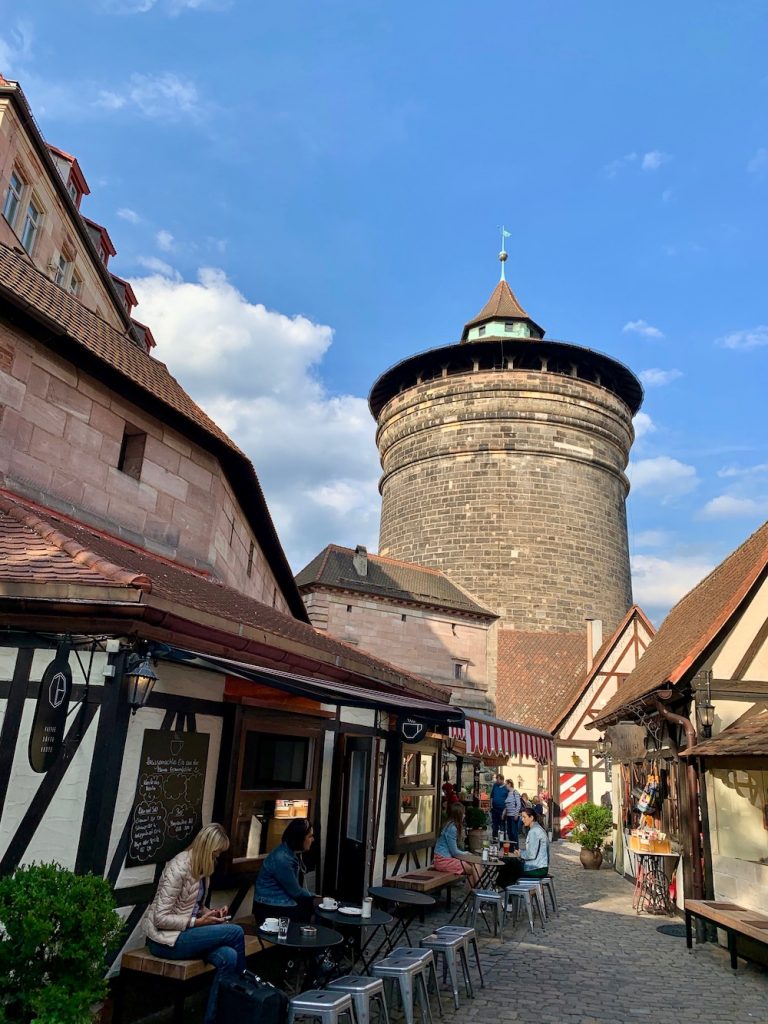
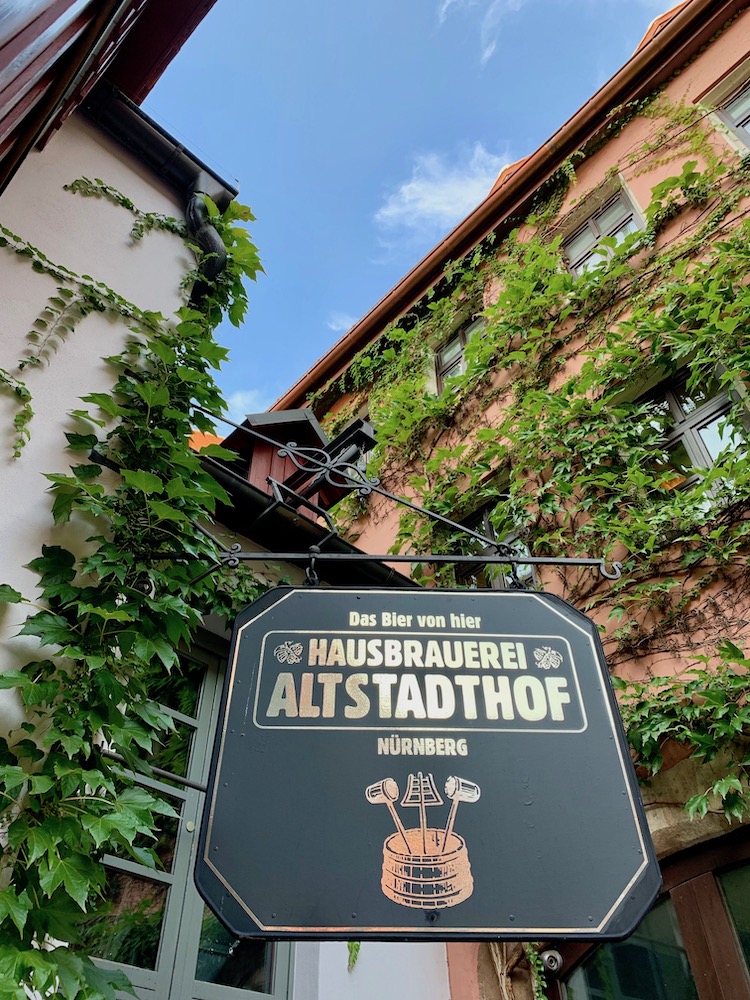
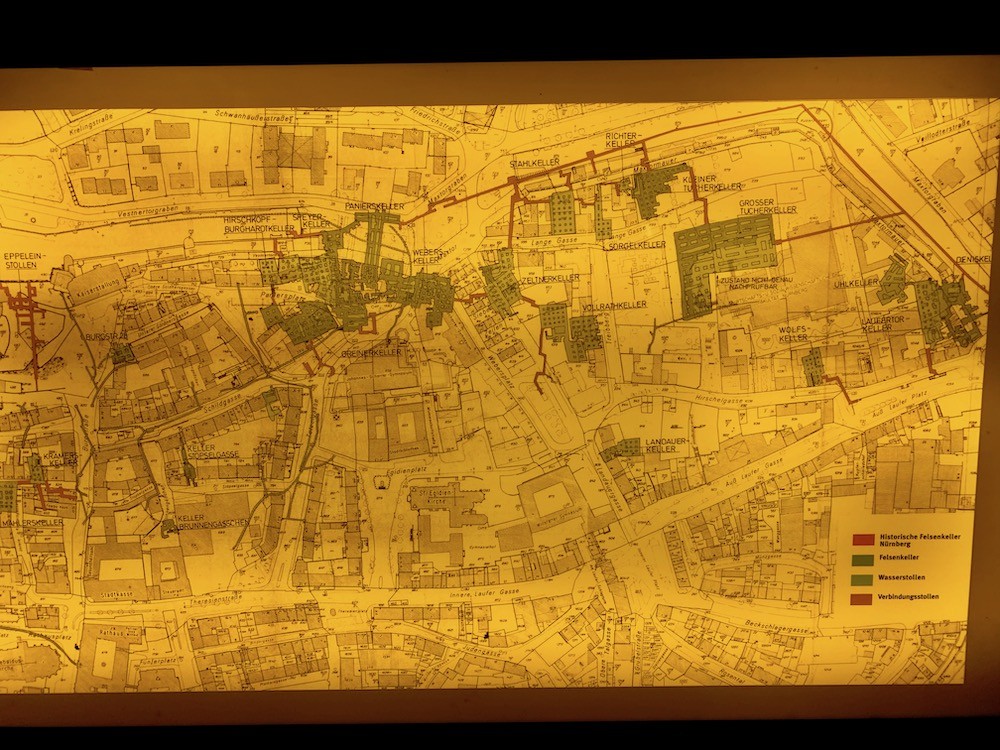
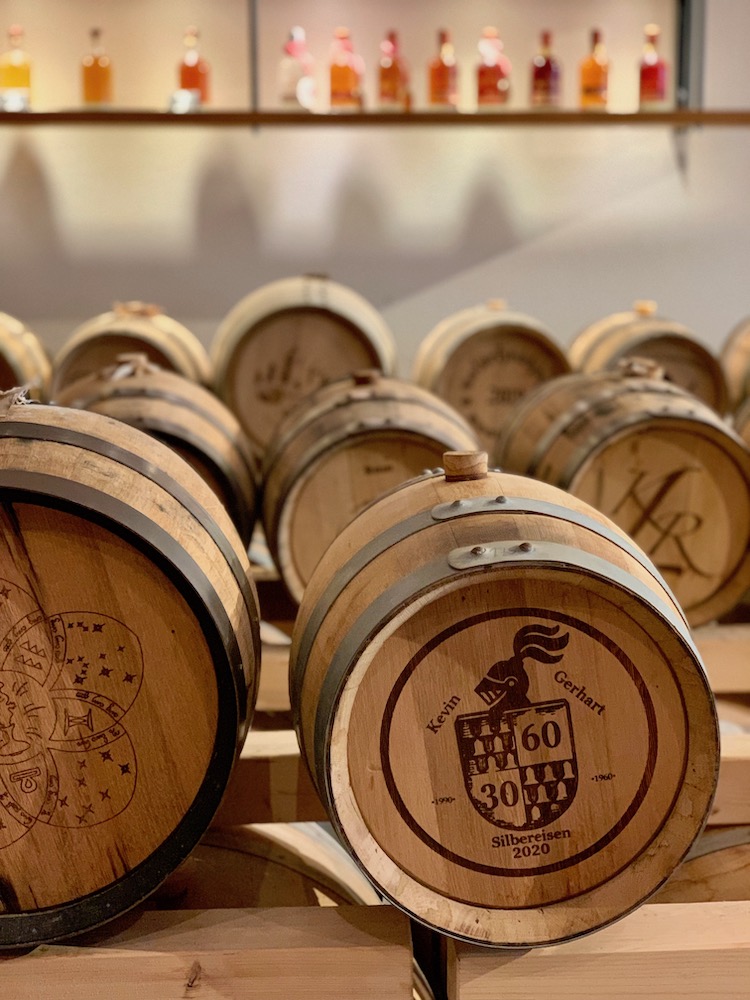

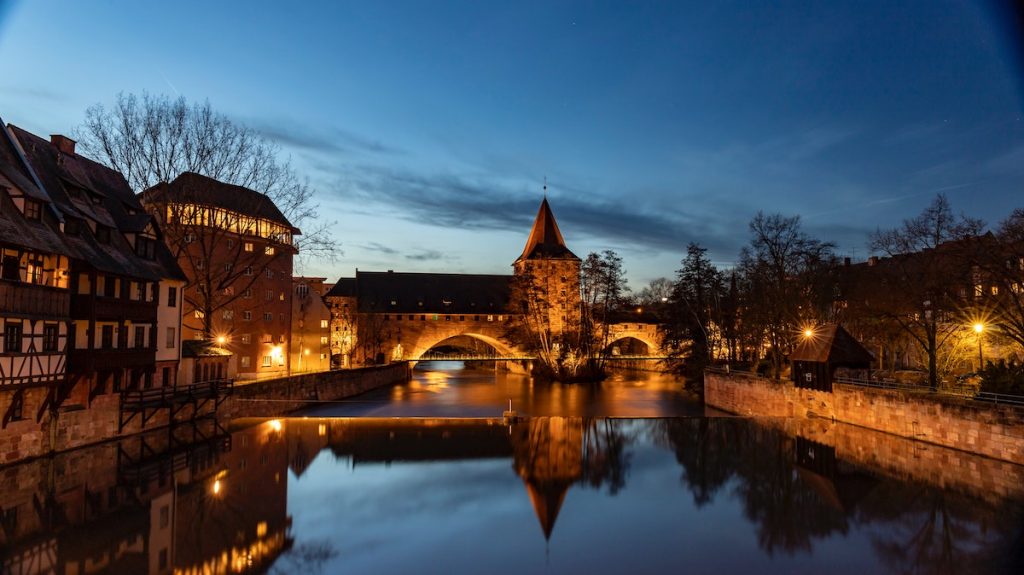
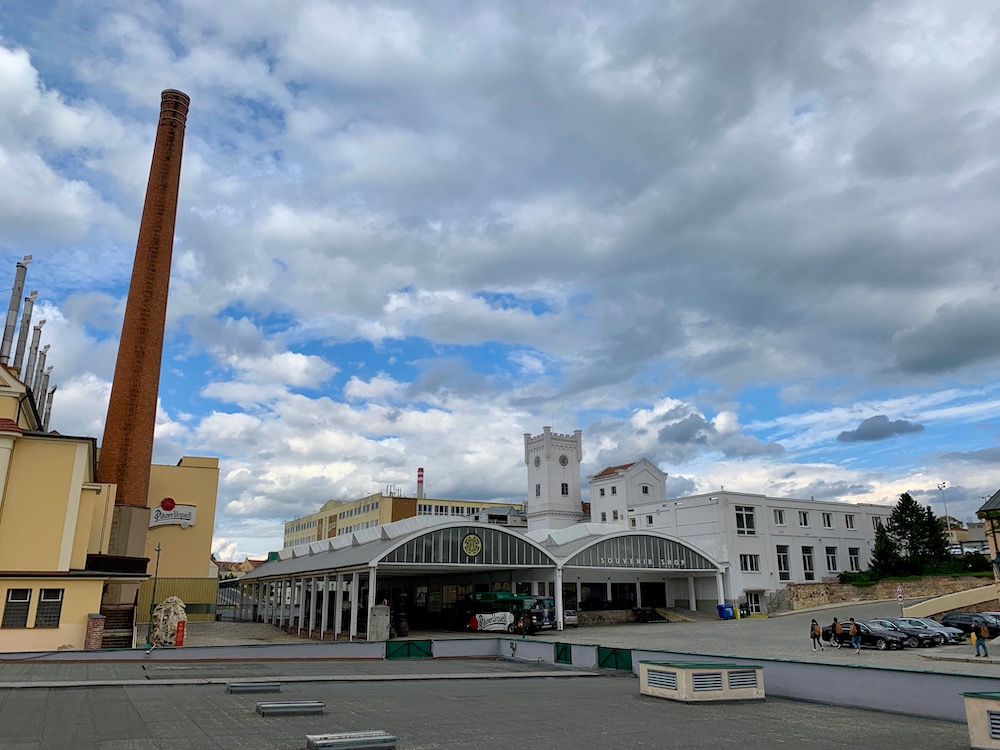

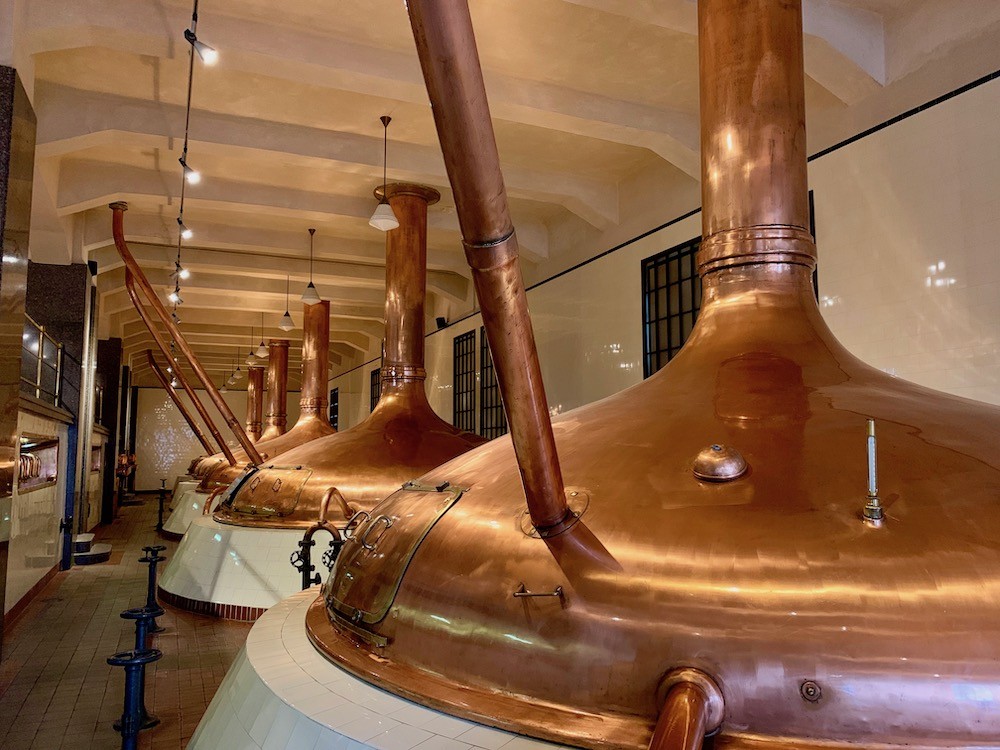
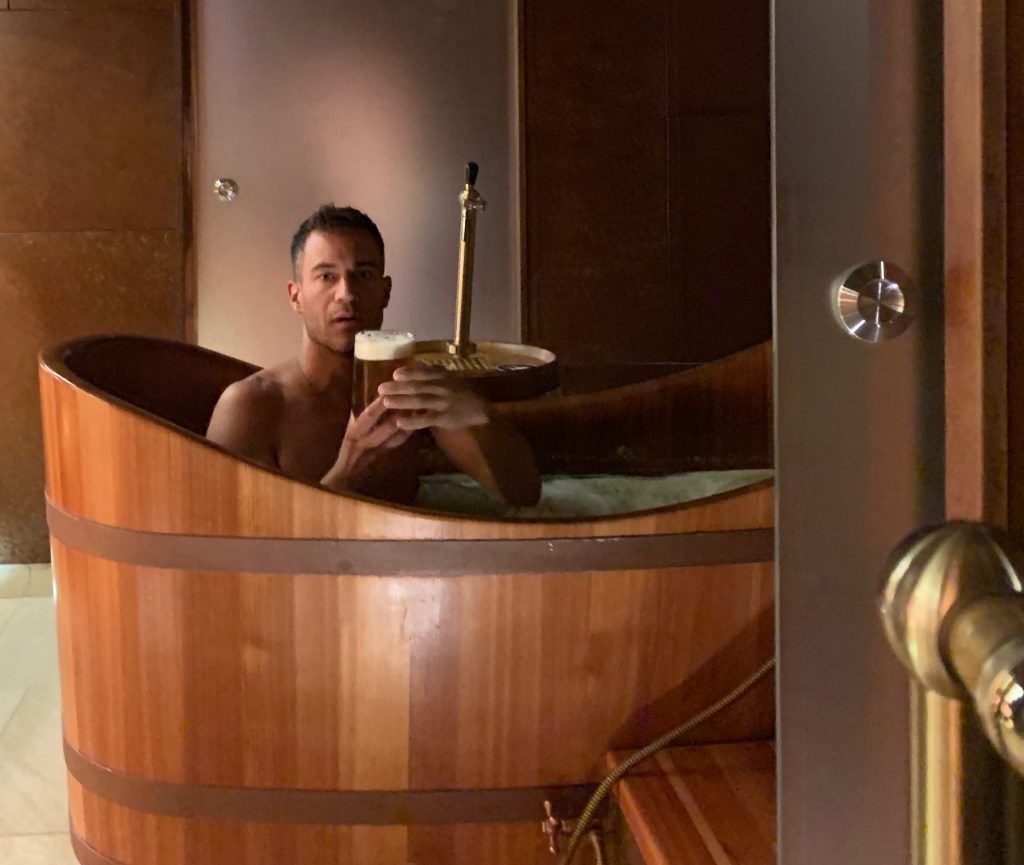
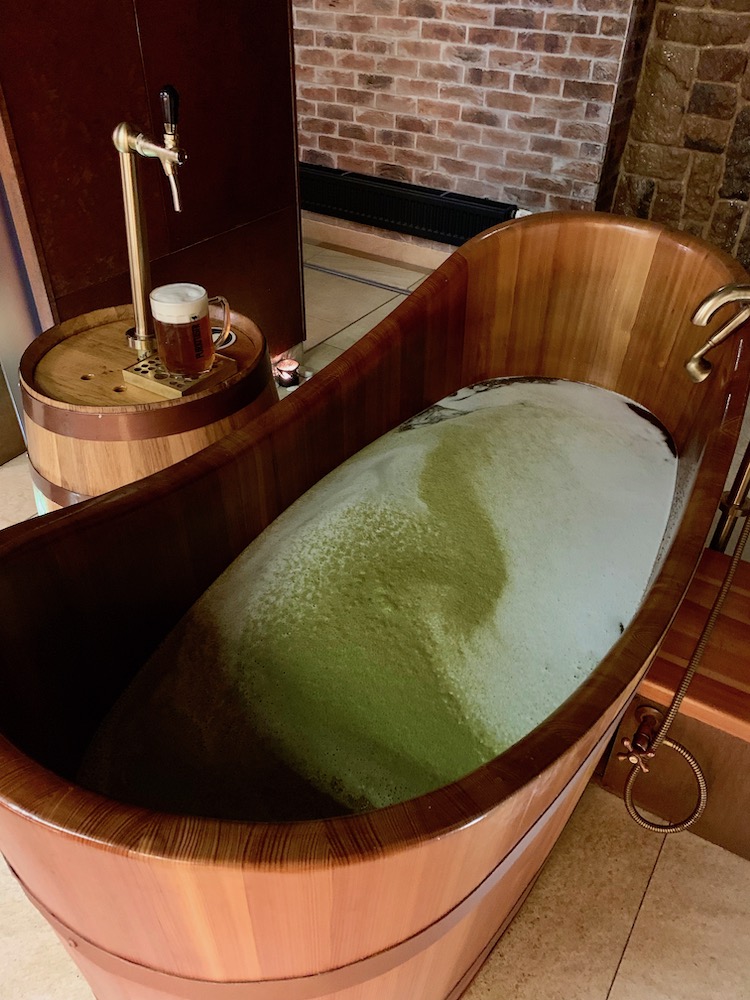
Leave a Comment